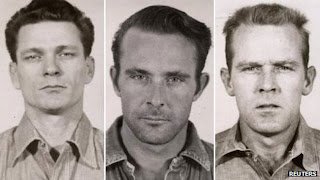
Alcatraz Island was used as a prison between 1861 and 1963. Alcatraz Island, which is 2.4 km from the beach in the San Francisco Bay and spread over 9 hectares, is one of the most famous prisons in the USA. In Alcatraz, where the prisoners were called by numbers, there were no exceptions except for very simple basic requirements. The prison conditions looked like captive camps, where it was very difficult to escape from the island surrounded by extreme poverty. Nothing was given except for shelter, food, clothing and health care. Most prisoners spent 23 hours a day on their cell. But if the occasion came, they could go out - in an hour - for an hour. The doors and windows in the main building were closed with iron bars. There were gunmen here and in the watchtower. The area around the island was surrounded by cold gulf waters and abundant sharks. There have been 14 attempts to escape from Alcatraz, which is now a tourist attraction, all of which have failed.
It is thought that only one of these 14 escape attempts has succeeded. Brothers Frank Morris and John and Clarence Anglin escape from prison silently and without any notice. They open a hole in the cell wall, and this hole leads to a corridor with iron bars at the end. The road is ready, they are doing their own models to not be noticed. And using your real hair. They're putting beds on models, covering their tops. They're climbing the corridor. They bend the iron bars over here and go out to the roof. They cling to the water pipes and go down and get lost.
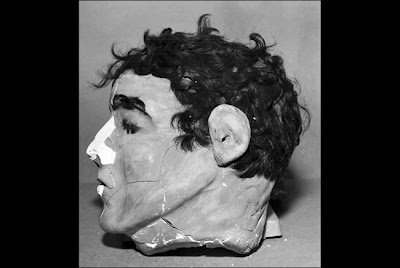
Side profile of Morris's cell in his cell. The plaster is painted on the head and the real hair is added. When the head was first found, his nose was not broken, but when he wanted to nudge Morris, who he thought he was sleeping with, through the bars, his head rolled away from his head and fell to his nose.
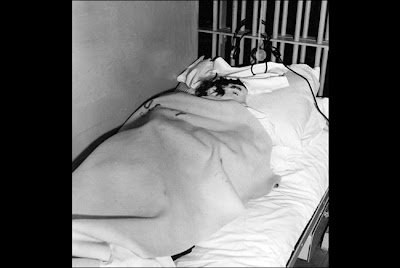
This photo was taken on Clarence Anglin's cell and shows that the lifeless model was placed as a sleeping prisoner to deceive the guards.
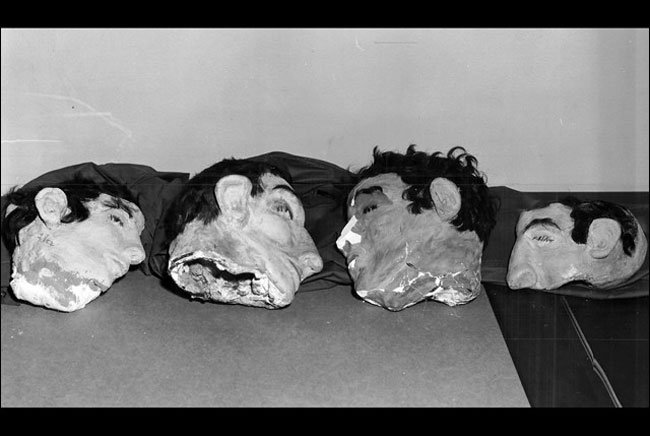
From left to right, the minds used by the people are Clarence Anglin, John Anglin and Frank Morris. The head on the far right was found under the bed of the 4th crime partner who failed to escape.
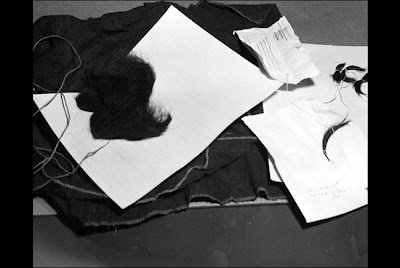
The human hair was found under Clarence Anglin's bed with the felt and fabric pieces in the photo. Bonding the hair to the fabric with a good quality adhesive and a natural model has led to the appearance of a paddle. So the prisoners got a natural look when they wore their wigs from the plaster.
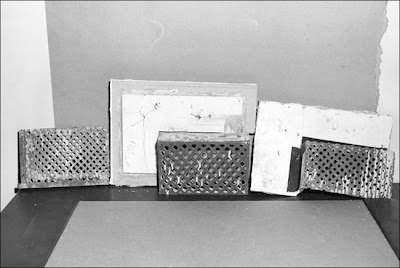
Using coarse tools - including a simple drill they made from a broken vacuum cleaner - made holes very close to each other around the ventilation path. So that part of the cell walls could be removed completely. Once the prisoners had vented, they closed these covers back with the help of the backs of the wires.
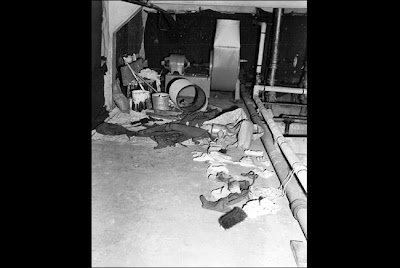
The prisoners built a workshop on the block of the cell where their cells are. We see a square from the workshop of prisoners who use many stolen and forgiven individuals to make tools to help them escape.
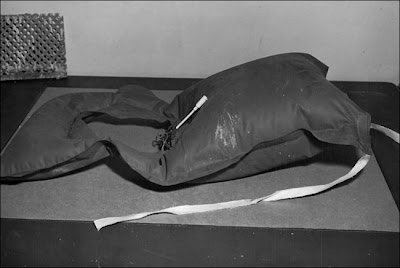
It's one of the lifejackets that prisoners made using the raincoat. The edges seem to be closed with the help of heat and pressure. They had obtained a hot water pipe by piercing the heat workshop and used a large, heavy beam for pressure. This idea was probably from one of the magazines allowed to read.
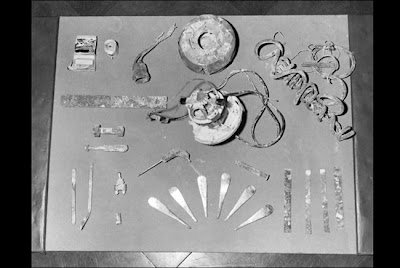
Tools used: a vacuum cleaner motor (used in the middle) used to drill the sharpened spoon handle walls (in the middle below), a seat used to suppress the sound of the vacuum detection motor (upper center), bolts and shafts , a two-cell handheld (top left) pencil-made handheld. Other tools seem to be used for operations such as digging, cutting, drilling. All of these items were found in a 5 gallon hive covered with powder cement in the prisoners' atelier. They probably camouflaged it in such a way that you could see what was at first glance.
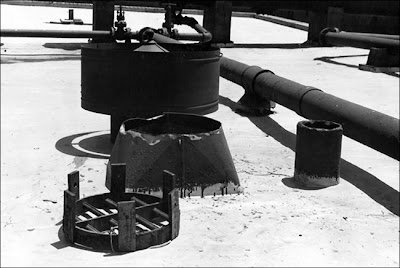
While the rafts, life jackets, shovels and mannequins were in the head, prisoners were looking for a way to get out of the building. The ceilings of the workshops were about 10 meters tall, but the men climbed up from many pipes and managed to open this ventilation cap on the end of the shaft and get out. The prisoners who managed to get out on the roof in this way did a trial first. The prisoners who made fake bolts of soap and shoe to hide their efforts from the guardians, thus managed to keep the area there secret.
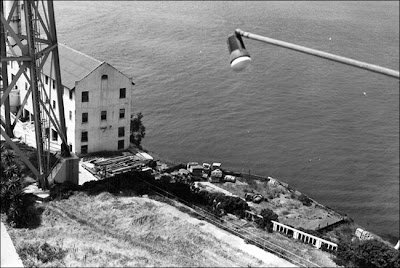
The bottom right corner of the photo shows the place where the water descends and prisoners probably use this place to flood the shakes. But what we know for sure is over here. Did the men succeed in crossing the bay and reaching Angel Island, crossing the Raccoon Strait and reaching Marin County, as they planned?
Great post, an interesting read. I've seen a few movies but your short story was good. Thanks